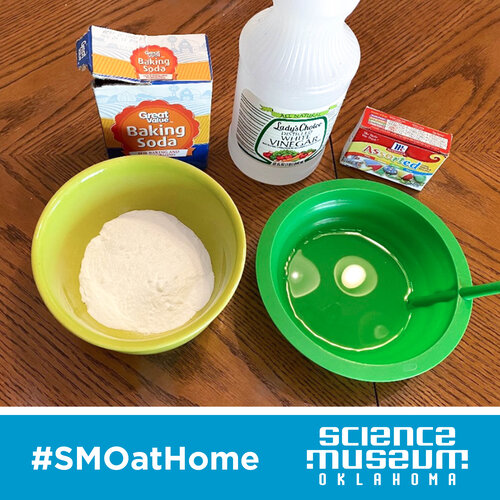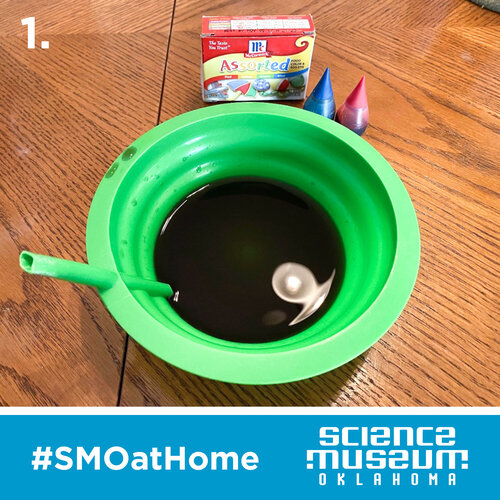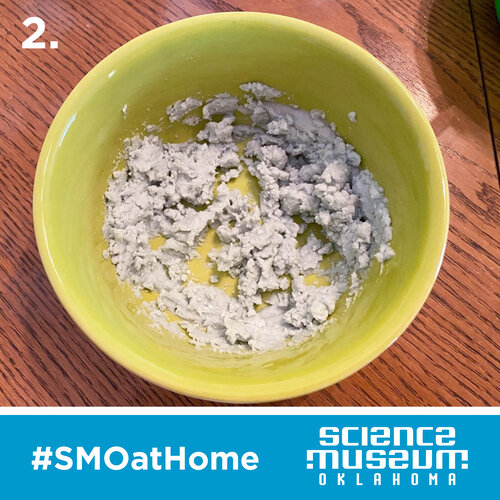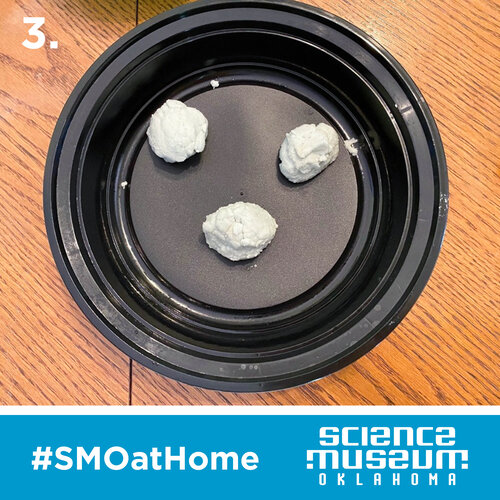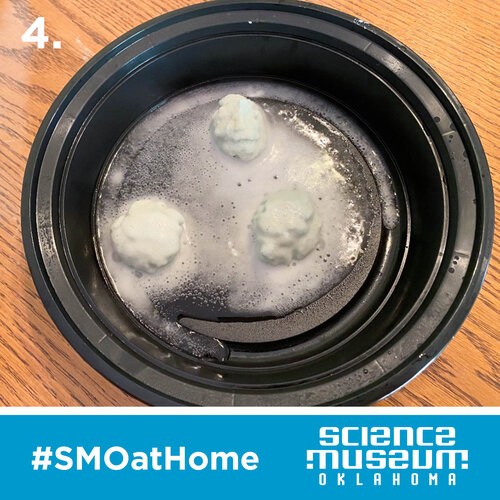Try This: Make Fizzy Moon Rocks
This #SMOatHome is part of Space Day presented by Allied Arts!
Did you know there are pieces of the moon on earth? Moon rocks have been brought back by the Apollo astronauts, the robotic Lunar missions, and sometimes even fall to our planet as meteorites. Some samples were studied. Others were stored and protected in vaults. Some were sent as symbols of goodwill to states and nations around the world. A few found their home in museums. Some have even been stolen and recovered in the sort of heist that we see in the movies.
This is why scientists were excited when NASA opened up the Lunar Materials Repository vault and took out some of the lunar rock samples that have been untouched for more than 40 years. Though these rocks will remain untouched, they will be studied inside sealed containers free of oxygen or water vapor and examined with robotic tools.
Lunar rocks, while similar to earth rocks, have a different chemical makeup. Because the moon has very little atmosphere, they were not formed in the presence of oxygen and water vapor. Rocks on Earth that contain a lot of iron will oxidize to a rusty red color. On the Moon, they would retain the grey color.
You can simulate the way rocks can be studied chemically to find out what they are made of when you make fizzing “moon” rocks:
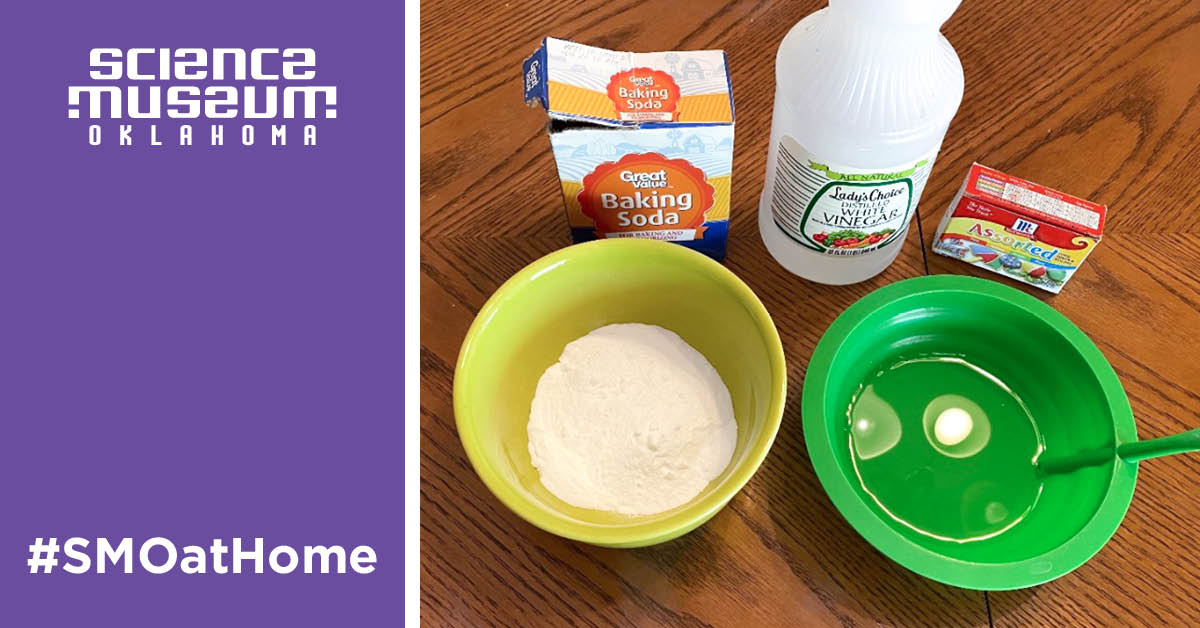
Here’s what you’ll need:
- Baking soda
- Vinegar
- Water
- Measuring cups
- Two bowls
- A tray
- A glass or something to hold the vinegar
- Food coloring
- Access to a freezer
Here’s what to do:
1. Add three cups of baking soda into one bowl.
2. Add water and food coloring into the other bowl and mix to the desired color.
3. Slowly pour some of the colored water into the bowl with baking soda. Start with a little. You can add more later if it is needed.
4. Mix the baking soda and colored water mixture until the consistency is crumbly but can be packed together like a snowball. Add more water in very small amounts if needed.
5. Form the mixture into rock like shapes.
6. Place the “moon rocks” on a tray in a freezer and wait 30 minutes or a little longer.
7. Fill a small cup with vinegar. Remove the tray of “moon rocks” from the freezer.
8. Slowly pour vinegar onto the moon rocks to watch them fizz!
What’s happening
The baking soda is a base and the vinegar is an acid. When you combine the two, you produce a gas called carbon dioxide. Carbon dioxide, or CO2, is also a gas that we breathe out and plants breathe in!
We also deal with different states of matter throughout this activity. The baking soda is a solid. The vinegar is a liquid. When the two are combined, they create a gas! We can also ask what type of senses we are using when conducting this experiment.
What senses do you use to make your observations?




